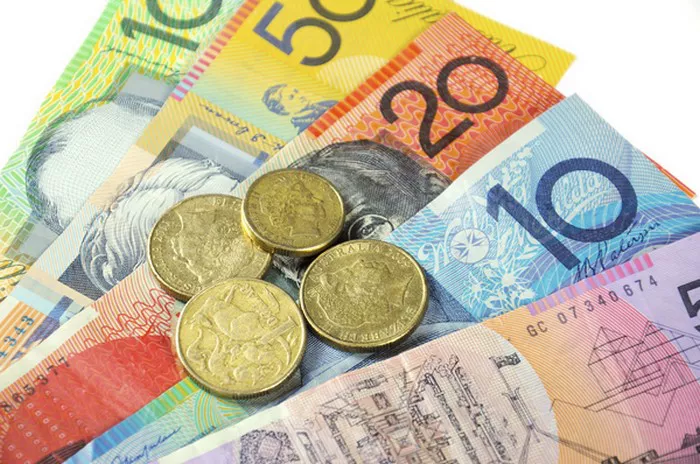In the vast landscape of global currencies, Australian banknotes stand out for their unique designs, security features, and historical significance. For both collectors and everyday users, understanding the worth of Australian notes goes beyond their face value. This article aims to shed light on the factors that determine the value of Australian banknotes, ranging from their denominations to historical context and rarity.
Denominations and Face Value:
Australian banknotes come in various denominations, ranging from the common $5, $10, $20, $50, and $100 notes to the less circulated $1 and $2 notes. The face value of these notes represents the amount of currency they are officially worth and is the value assigned by the Reserve Bank of Australia (RBA). However, collectors and investors often find that the real value of these notes can exceed their face value due to other factors.
Condition and Grading:
One of the primary determinants of a banknote’s value is its condition. Mint-condition notes, free from creases, stains, or other imperfections, are generally more valuable than those in poor condition. The grading of banknotes follows a scale that ranges from Uncirculated (UNC) to About Uncirculated (AU), Very Fine (VF), Fine (F), Very Good (VG), and Good (G). Collectors often seek higher graded notes, as these are considered rarer and more desirable.
Serial Numbers and Prefixes:
The serial number on a banknote can significantly influence its value, especially if it possesses unique or low numbers. Some collectors seek out notes with special serial numbers, such as repeating digits, ladder sequences, or binary patterns. Additionally, the prefix of a serial number, which is the combination of letters before the numerical part, can also contribute to a note’s value. Prefixes can indicate the printing location, and certain combinations may be rarer than others.
Signature Combinations:
Australian banknotes feature the signatures of the Governor of the Reserve Bank of Australia and the Secretary to the Treasury. Different combinations of signatures have been used over the years, and certain combinations may be more desirable to collectors. Changes in leadership or specific historical periods can impact the scarcity and value of notes with particular signature combinations.
Commemorative and Special Editions:
Australia has issued numerous commemorative and special edition banknotes to mark significant events, anniversaries, or celebrate national achievements. These notes often feature unique designs, holographic elements, and enhanced security features. Collectors are drawn to these limited-edition releases, and their value can appreciate over time as they become harder to find.
Historical Context and Rarity:
The historical context surrounding a banknote can greatly affect its value. Notes issued during specific historical periods or with unique designs that reflect a particular era may become more valuable over time. Additionally, the rarity of certain notes can make them highly sought after by collectors. Limited production runs, printing errors, or short circulation periods can contribute to the rarity of a banknote.
Legal Tender Status:
While most Australian banknotes maintain their face value indefinitely, it’s essential to be aware of changes in legal tender status. The Reserve Bank of Australia occasionally introduces new series or issues updates to existing banknotes. Although older notes may no longer be accepted as legal tender, they often retain value among collectors. Staying informed about currency updates is crucial for those holding older banknotes.
Market Trends and Collectors’ Demand:
The value of Australian banknotes is also influenced by market trends and collectors’ demand. Trends in numismatics, the study and collection of currency, can shift over time, affecting the perceived value of certain notes. Popular notes may experience increased demand, while others may fall out of favor. Monitoring market trends and understanding collectors’ preferences can provide valuable insights into the potential value of Australian banknotes.
See Also What Colour Are Australian $20 Notes?
Conclusion:
In conclusion, the worth of Australian banknotes goes beyond their face value, with various factors influencing their market value. Collectors and investors should consider factors such as condition, serial numbers, signature combinations, historical context, and rarity when assessing the value of their banknote collections. Staying informed about market trends and developments in the world of numismatics is key to making informed decisions and maximizing the potential value of Australian banknotes.


